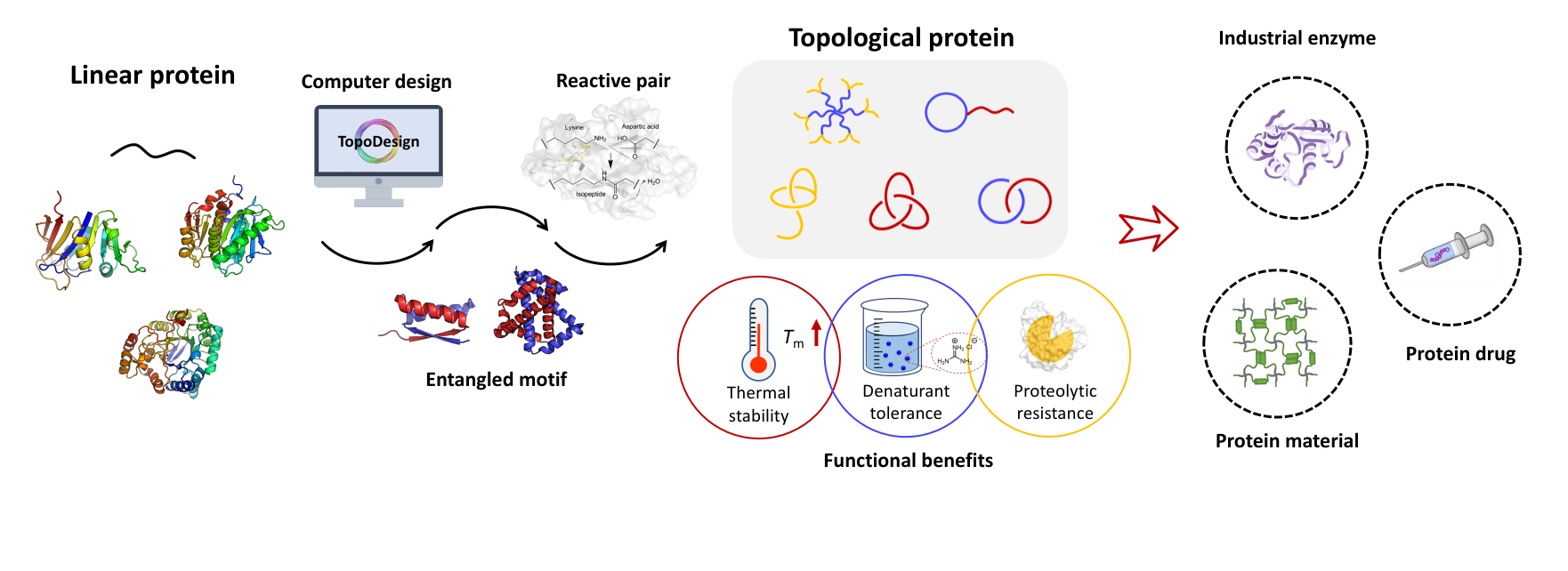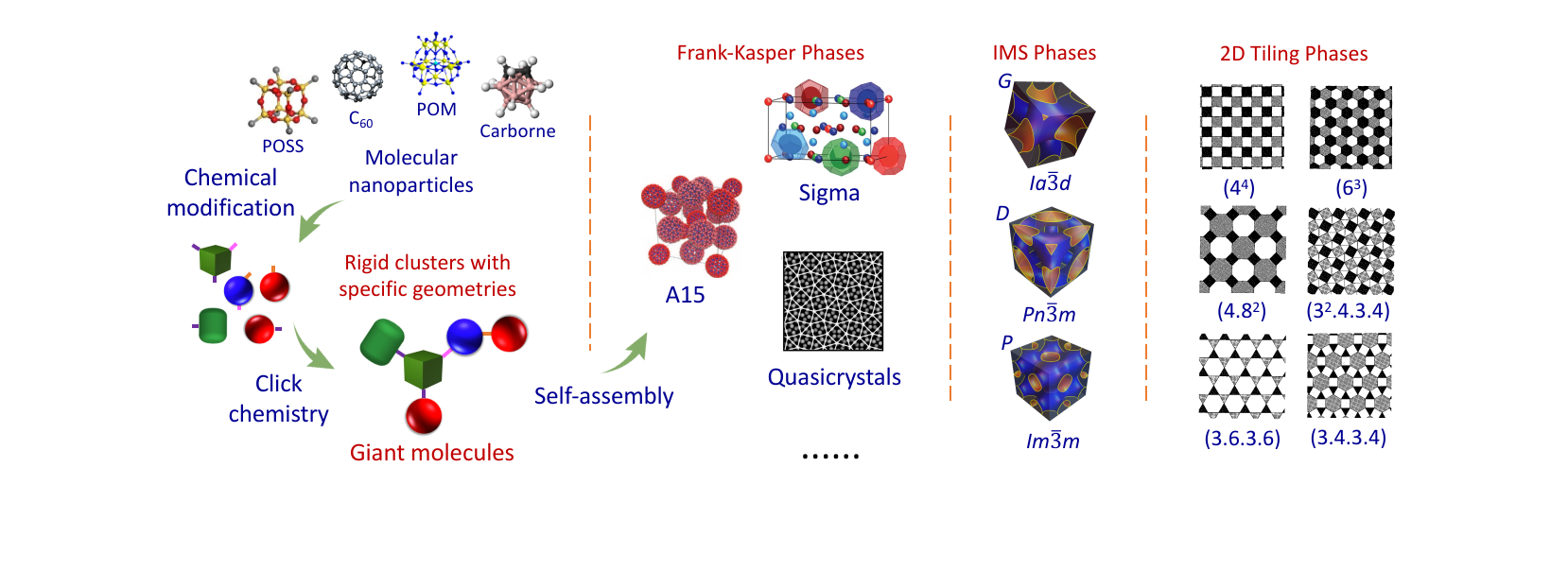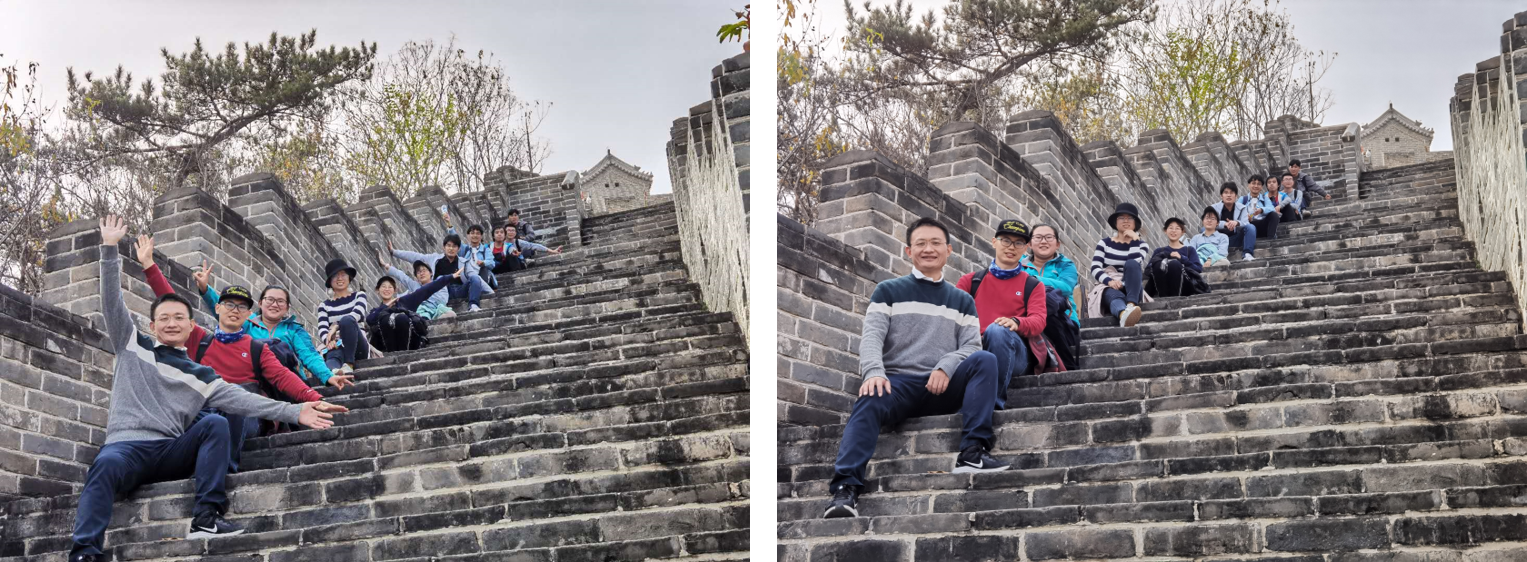箴言
----------------------------------------------
-----------------------------------------------
在科学上没有平坦的大道,只有那些不畏艰险沿着陡峭山路攀登的人,才有希望达到光辉的顶点。
----马克思
-----------------------------------------------
合作研究
------------------------------------------
请有兴趣的研究组联系我们。欢迎任何形式的合作,尤其是在自组装、水凝胶以及生物医药等方向的合作。
------------------------------------------
请有兴趣的研究组联系我们。欢迎任何形式的合作,尤其是在自组装、水凝胶以及生物医药等方向的合作。
------------------------------------------
研究成果
23. Polystyrene-block-poly(ethylene oxide) Reverse Micelles and Their Temperature-Driven Morphological Transitions in Organic Solvents. Macromolecules 2012, 45, 3634-3638
发布时间:2016-04-29
Wang, L.; Yu, X.;* Yang, S.; Zheng, J. X.; Van Horn, R. M.; Zhang, W.-B.; Xu, J.;* Cheng, S. Z. D.* Polystyrene-block-poly(ethylene oxide) Reverse Micelles and Their Temperature-Driven Morphological Transitions in Organic Solvents. Macromolecules 2012, 45, 3634-3638. [Link] [PDF]

Introduction
It has been widely reported that amphiphilic diblock copolymers can self-assemble into micelles when selective solvent is added into copolymer solution with its common solvent above the critical micelle concentration (CMC) of the copolymer.(1-12) For amphiphilic diblock copolymers containing water-soluble blocks, various nanoscale morphologies in aqueous solution such as sphere, cylinder, and vesicle and their transformations have been extensively investigated due to their potential biomedical applications.(13-15) Generally speaking, formation of micelles of block copolymers in solution could be controlled by the molecular architecture, the size of each block, polymer concentration, etc.(16, 17) Micellar morphologies of block copolymers could be affected by the solvent quality, the solvent/nonsolvent ratio, the polymer concentration, the pH value, additives such as salts, ions, and homopolymer, and/or the temperature.(18-22) Theoretical calculations of micelle free energies were conducted to predict and explain those morphological formations based on mean-field theory in thermodynamic equilibrium. A micelle’s free energy is commonly attributed to the free energy of the core, Fcore, the free energy of the interface, Finterface, and the free energy of the corona, Fcorona. Micelle morphology with a lower overall free energy would be more stable under one set of specific experimental conditions.(23, 24) On the other hand, the formation of diblock copolymer micelles containing water-soluble blocks in organic solvent (reverse micelles) has also received a variety of attention due to their applications in encapsulation and as nanoreactors.(25-27) The transformation of reverse micelles so far, however, has been rare due to the difficulties of tuning the solvent properties.
Micellization of polystyrene-block-poly(ethylene oxide) (PS-b-PEO) in a selective solvent was first observed several decades ago.(3) Recently, micellization and morphological transitions of an asymmetric PS-b-PEO block copolymer in N,N-dimethylformamide (DMF)/water and DMF/acetonitrile was systematically studied in our previous work.(21, 28, 29) Micellar morphologies were found to be dependent on the water content and polymer concentrations. Furthermore, temperature was found to drive the micellar morphologies in DMF/water mixtures. With an increase in temperature, morphological changes were observed from vesicles to worm-like cylinders and then to spheres. In this letter, reverse micelles of PS-b-PEO were investigated in mixed organic solvents, in which 1,4-dioxane was utilized as the common solvent and cyclohexane was the selective solvent. The reverse micelles contain PEO blocks as the micellar core and PS blocks as the corona. The effect of temperature on the micellar morphological changes was further investigated. Transmission electron microscopy (TEM) and light scattering (LS) experiments were conducted to study the micellar morphologies and their transformation process. Finally, the origin of morphological changes with temperature was illustrated by the free energy calculation of micelles as a first approximation.





